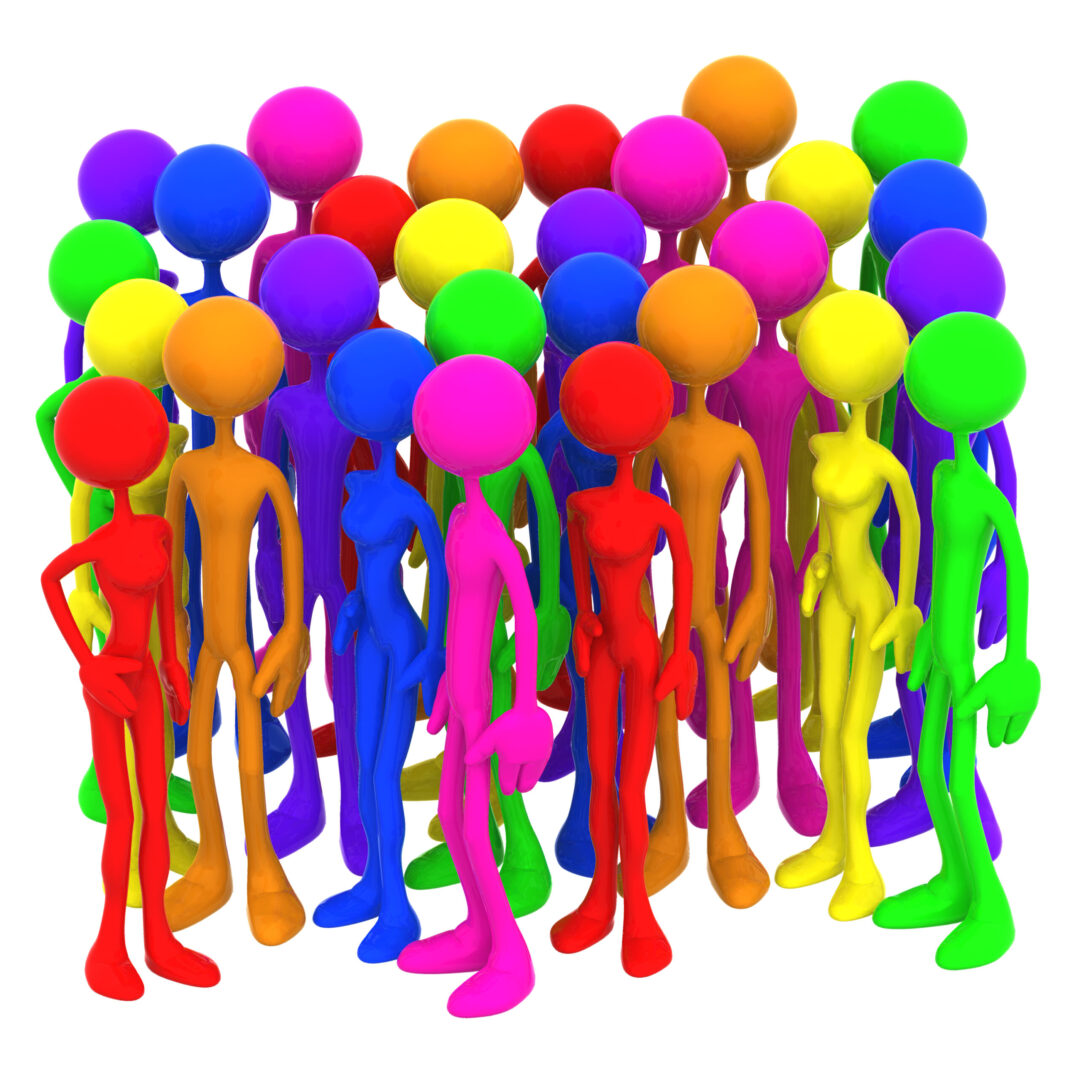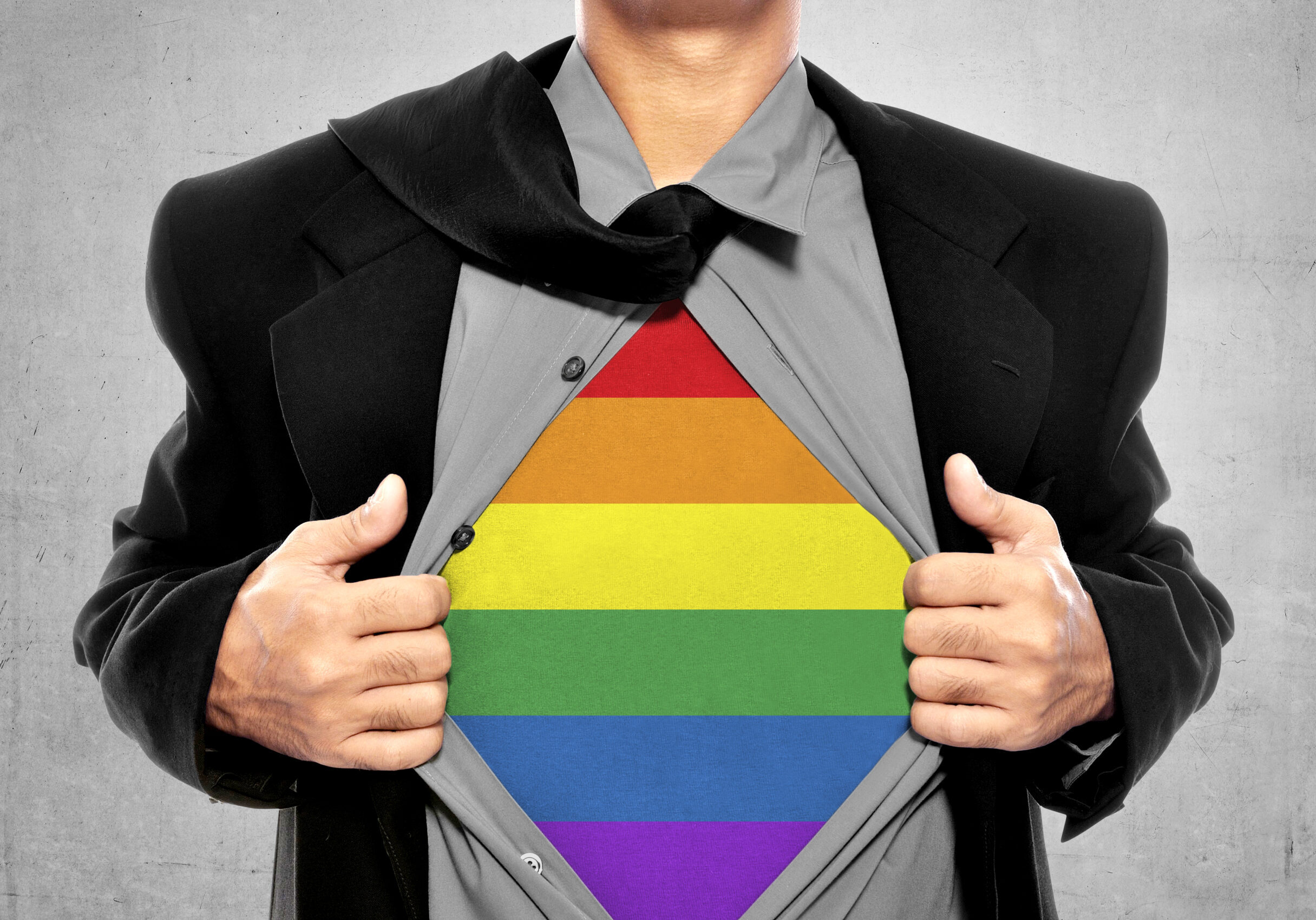The Diversity ROE Training Series
The stakes have never been higher when it comes to promoting and maintaining a diverse, equitable and inclusive environment. To be competitive in the 21st century, corporate leaders must be nimble in their ability to address the complex demands of a global market. To do so, corporate leaders must be able to answer a number of questions, among which are:
The Diversity ROE Training Series makes the case that diversity strategies are an integral component of effective human resource strategies. The primary goal of an organization’s human resources department is to ensure talent acquisition, employee development and talent retention are in alignment with the corporation’s business goals. This series redefines ‘diversity’ as an investment in human capital…not merely a training program. The following are components of the Diversity ROE Training Series:
Demystifying Implicit Bias
The Demystifying Implicit Bias program is the prerequisite to The Diversity ROE Training Series™. This introductory program is designed to provide businesses with a strong foundation for understanding just what the term “implicit bias” really means. Both traditional media and social media platforms are consumed with discussions about racism, sexism, ageism, and so on. It almost seems like these are unavoidable and incurable social conditions. How is it good people can harbor such hurtful biases? This discussion will define ‘implicit bias’, its pervasiveness and its impact in our social and workplace relationships.


Color My World - Race in the Workplace
The business case for diversity is built upon the premise that ‘diversity’ is an asset that can yield significant benefits: creative problem solving, increased product innovation and more effective decision-making. But when it comes to the benefits of racial diversity in the workplace, the discussion can become awkward and strained.
This session explores the relevancy of EEO regulations within the context of racial history and today’s current workplace environment. Moreover, we will demonstrate that promoting an equitable, inclusive work environment is not mutually exclusive with realizing an organization's goals of productivity and profitability.

This is a "Man’s World"...Or is it?
According to a report produced by McKinsey & Company, today’s corporate landscape reveals that while more women are holding senior leadership positions than ever before, women continue to be underrepresented at almost every level.
Researchers suggest that progress is being hampered by a phenomenon described as the “broken rung”: many women are getting stuck at entry levels, failing to attract management positions. How do companies fix this “broken rung” syndrome?
This session discusses the indicators of this syndrome and provides steps for fixing the rung’s brokenness.

What Are Your True Colors?
Almost half of Americans surveyed (based upon a Reuters/Ipsos report released in June 2019) believe that there are specific federal protections against LGBTQ discrimination in the workplace. And while great social and political gains have been made on behalf of members of this community, many suggest significant workplace barriers still exist.
This program explores how, despite supportive state and local legislation, members of the LGBTQ community are often met with resistance and insensitivity in the work environment. Further, we will look at how companies can leverage existing legal protections, guidelines and practices to promote an equitable and inclusive environment for this vulnerable population.
Age: More Than a Number
What is ‘ageism’? Ageism is the practice of discriminating against employees based upon their age. Many are unaware of federal legislation, the Age Discrimination Employment Act (ADEA) of 1967 that defines ‘age’ as one of several protected classes within the workplace. This legal protection prohibits discrimination based upon an employee’s age. Within today’s workforce, ageism can span the spectrum: both younger and older can be vulnerable to age-based discrimination.
This session identifies characteristics and behaviors of workplace ageism and provides practical guidelines for promoting an inclusive environment where employees of all ages are acknowledged and respected for their contributions.

